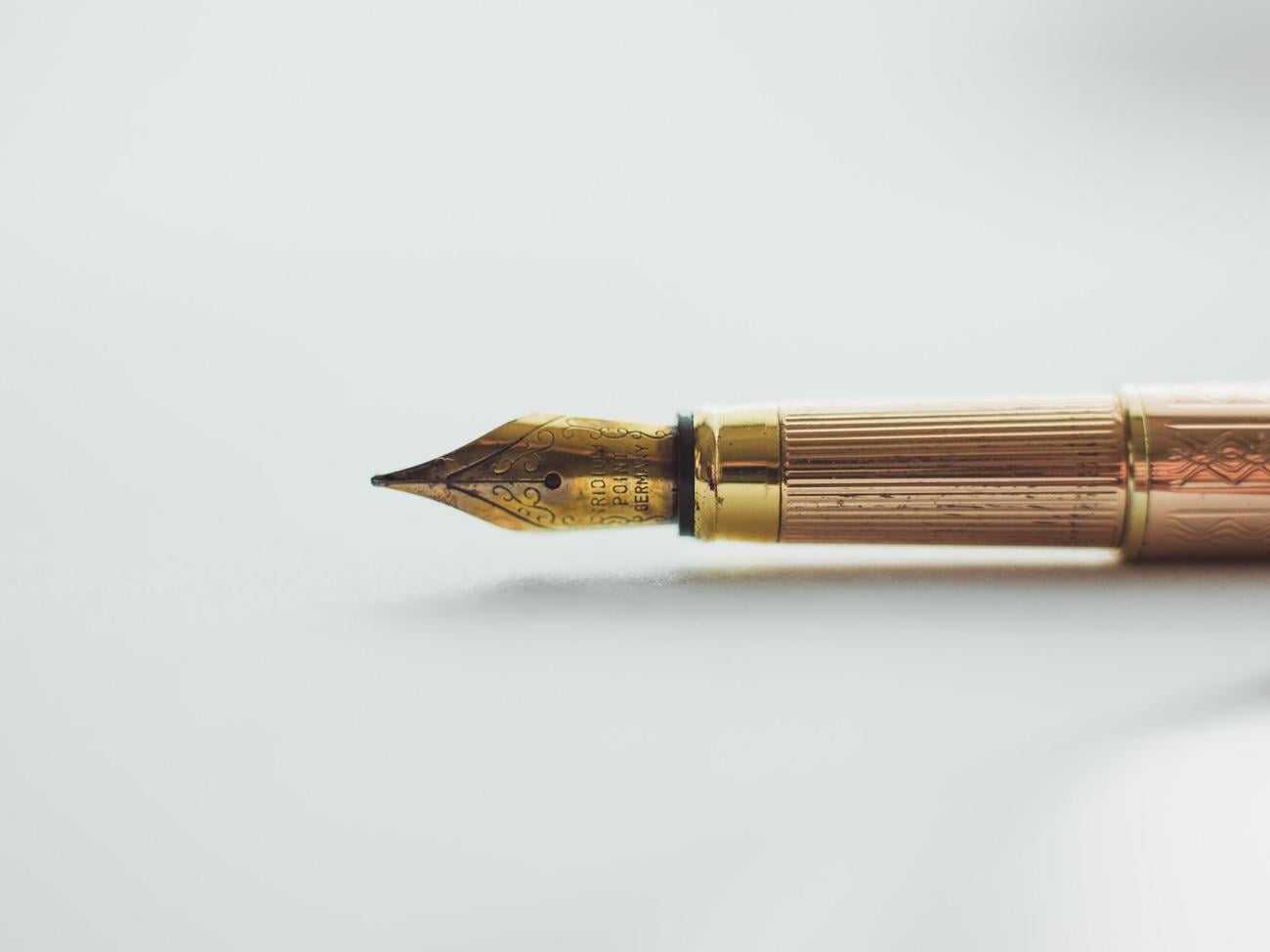Curious about the hidden environmental ramifications of brass production? Look no further! In this article, we delve deep into the world of brass manufacturing and uncover the surprising ecological effects of this crucial industrial process. As an experienced environmental researcher and sustainable manufacturing specialist, I bring you exclusive insights, data-driven analysis, and innovative solutions. Brace yourself for an eye-opening journey as we unveil the true environmental impact of brass production and pave the way towards a greener future.

Environmental Impact of Brass Production
(Subtitle: Unveiling the Hidden Consequences)
Brass production may seem like a shiny and valuable industry, but beneath its surface lies a myriad of environmental issues that we must address. From habitat destruction to greenhouse gas emissions, the impact of brass production is far from benign. As an experienced environmental researcher, I have delved deep into the intricate details of this industry to shed light on its environmental implications. Join me as we explore the dark side of brass production and uncover the environmental impact it leaves behind.
Mining and Extraction: A Threat to Natural Habitats
The journey of brass begins with the mining and extraction of its raw materials: copper and zinc. Unfortunately, this process often takes a heavy toll on the natural world. Mining operations can cause habitat destruction, leading to the loss of biodiversity and disruption of ecosystems. As we delve deeper into the earth to harvest these metals, we inadvertently disturb delicate ecosystems, causing irreparable damage to the environment.
“Brass production starts with the extraction of copper and zinc, which can harm natural habitats and disrupt biodiversity.”
Smelting: Fueling Greenhouse Gas Emissions
Once the copper and zinc have been extracted, they are smelted together to form brass. However, this process is not without its environmental consequences. Smelting requires substantial amounts of energy, often derived from fossil fuels, which contribute to the release of greenhouse gases into the atmosphere. These gases, such as carbon dioxide and methane, trap heat and contribute to global warming, exacerbating climate change.
“During the smelting process, brass production emits significant greenhouse gases, further contributing to climate change.”
Durability and Pollution: The Challenge of Brass Waste
Although brass is highly durable and resistant to corrosion, its longevity poses a new set of issues. Unlike biodegradable materials, brass can persist in the environment for thousands of years, clogging landfills and causing pollution. Additionally, the improper disposal of brass waste can lead to heavy metal contamination in soil and water, impacting both human and ecological health.
“Brass waste is not biodegradable, lingering in the environment for extended periods and causing pollution and contamination.”
Recycling Brass: A Path to Environmental Redemption
Amidst the environmental challenges posed by brass production, there is a glimmer of hope – recycling. Brass recycling offers numerous environmental and economic advantages. By recycling brass, we can significantly reduce energy consumption and diminish the overall carbon footprint of the material. Additionally, recycling brass helps conserve natural resources, as it requires less raw material extraction.
“Recycling brass presents a sustainable solution, reducing energy consumption and conserving precious natural resources.”
Material Choices: Striving for Sustainability
As we consider the environmental impact of brass production, it becomes evident that alternative materials can play a crucial role in minimizing our ecological footprint. Recycled plastic, bamboo, and other sustainable materials offer viable alternatives to brass, each with their unique benefits and limitations. By exploring these options, we can make conscious material choices that align with our sustainability goals.
“To reduce the environmental impact of brass production, we must explore alternative materials and make deliberate sustainable choices.”
In conclusion, the environmental impact of brass production cannot be overlooked. From destroying habitats to emitting greenhouse gases, the consequences are significant. However, by recognizing these challenges and promoting sustainable practices such as recycling and exploring alternative materials, we can mitigate the environmental footprint of brass production. I am committed to driving change within this industry, and together, we can build a more sustainable future.
“Let’s unravel the hidden environmental consequences of brass production and embark on a journey towards a greener, more sustainable world.”
Facts About Brass:
Brass, a fascinating alloy composed of copper and zinc, has a rich history and boasts a myriad of interesting facts. Did you know that brass has been used for centuries in the creation of musical instruments, due to its unique resonant properties? Or that it’s highly resistant to corrosion, making it a popular choice for plumbing fixtures? If you’re looking to learn more about this versatile material, click here to explore our comprehensive list of facts about brass.
FAQ
Question 1: How does brass production negatively impact the environment?
Answer 1: Brass production has several negative environmental impacts. It leads to habitat destruction, water and soil pollution, greenhouse gas emissions, and lead contamination. The mining and extraction process for brass can harm natural habitats, while the production process involves smelting copper and zinc together, contributing to greenhouse gas emissions and pollution.
Question 2: Is brass biodegradable?
Answer 2: No, brass is not biodegradable. It can take thousands of years to break down, adding to its environmental impact.
Question 3: Can alternative materials be used instead of brass?
Answer 3: Yes, alternative materials such as recycled plastic or bamboo can be used instead of brass. These alternatives can help reduce the environmental impact associated with brass production.
Question 4: What are the advantages of recycling brass?
Answer 4: Recycling brass has significant environmental and economic advantages. It requires less energy and has a smaller carbon footprint compared to producing brass from raw materials. Recycling brass can also help conserve natural resources and reduce waste.
Question 5: What factors affect the environmental impact of metal production processes?
Answer 5: Several factors can affect the environmental impact of metal production processes, including ore grade and metal production technologies. Higher ore grades typically lead to more sustainable production processes. The choice of metal production technologies also plays a crucial role in determining the environmental impact.
- Unlock Elemental 2 Secrets: Actionable Insights Now - April 2, 2025
- Lot’s Wife’s Name: Unveiling the Mystery of Sodom’s Fall - April 2, 2025
- Photocell Sensors: A Complete Guide for Selection and Implementation - April 2, 2025
















